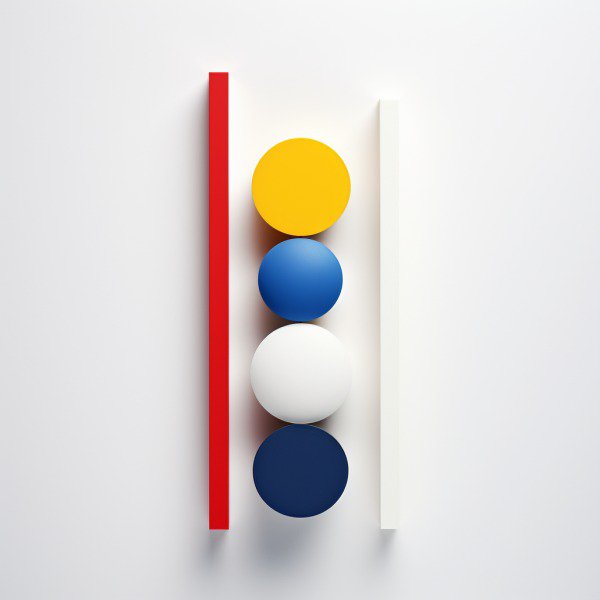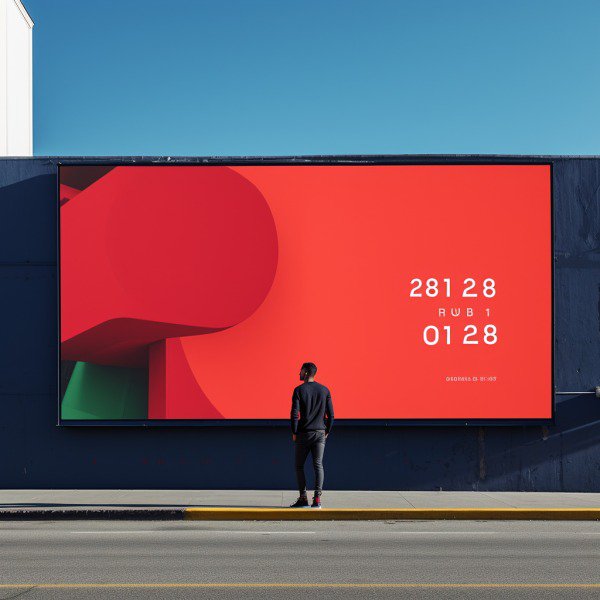Most designers you’ll find online have gorgeous portfolios. From the images to layouts and information, it all flows together beautifully. If you’re just getting into graphic design or your company needs new designers, you may not know where to look first.
When verifying a designer’s portfolio, you are looking for authenticity. You are looking to ensure the work is real and that the portfolio accurately reflects the designer’s skills.
Designers Portfolio Online: Mastering Authenticity Checks

Checking for authenticity
Verifying a designer’s portfolio may be lengthy, but it is ultimately worth it. Here are a few tips to make the process easier:
- Check the date the work was created. If the designer claims to have created a piece of work significantly older than their stated date of creation, likely, the work is not original.
- Compare the work to other designers’ portfolios. If you find the work strikingly similar to another designer’s portfolio, the work may have been plagiarized.
- Ask the designer for more information about the work. A designer should be able to provide you with additional information about their work, such as the client they created it for or the inspiration behind the design.
How to spot fake or copied work
Unfortunately, with the number of downloadable resources online, many designers modify templates and claim them as their own. The work may look polished but does not reflect the designer’s unique style. Often, designers use a template and pass it off as their own work. The designs are very general and do not solve a specific problem.
Here are some tips you can use to spot fake or copied work
- If a portfolio features only a small number of pieces, the designer may have copied or stolen the work from another source.
- If the work in the portfolio has only low-resolution images, there is a chance that it has been taken from another source.
- If the work in the portfolio is strikingly similar to another designer’s work, the designer may have plagiarized it.
If you’re concerned that a designer may have copied or stolen their work, ask them for more information about the piece. A designer should be able to provide you with additional information about their work, such as the client they created it for or the inspiration behind the design.
Sources that are typically used for copied work
Copying work is no longer as simple as copy and pasting. Designers plagiarize by taking existing templates, editing them and passing them off as unique work. This is why it’s harder these days to verify authenticity.
Here are some sites we recommend browsing to see the templates they have. If you find many designers have similar work to these templates during your portfolio review process, there is a high chance they used the template as the base work.
We support designers using assets and templates, but we encourage portfolio work to have over 50% originality so clients can get a sense of your personal style.
UI8
This is a website that hosts design assets.

Envato Market
This is a website that hosts various types of templates and assets.

Creative Market
This website offers graphics, templates, fonts, add-ons, and stock photos.

Questions you should ask the designer
When reviewing a portfolio, there are specific questions you should ask the designer to get a better understanding of their work:
- Who was the client for this project?
- What was the design brief?
- What was your inspiration for this design?
- How did you go about creating this design?
- What challenges did you face during the design process?
- How do you feel about the final result?
Asking these questions will help you better understand the designer’s creative process and whether or not they’re a good fit for your needs.
When hiring a designer, it’s important to ensure you’re getting the real deal. By verifying a designer’s portfolio, you can be sure that you’re hiring someone who is truly talented and has the experience you need. Use the tips in this article to help you spot fake or copied work, and always be sure to ask questions if you have any doubts. With a little bit of effort, you can ensure that you’re hiring the best possible design for your next project.
If you want to work with pre-vetted designers, start the matching process at Design Match.
We’ll send you a qualified designer based on your project requirements, so you can focus on choosing the perfect fit for your business.



